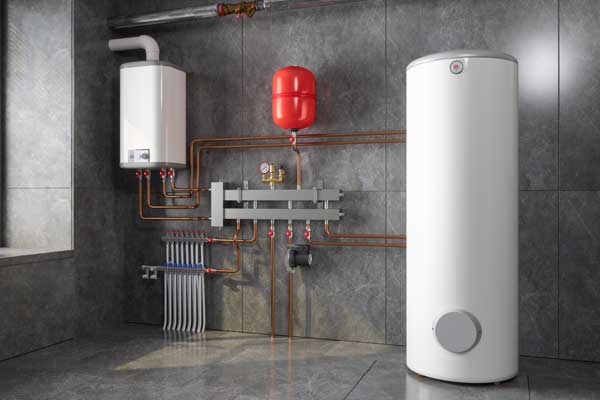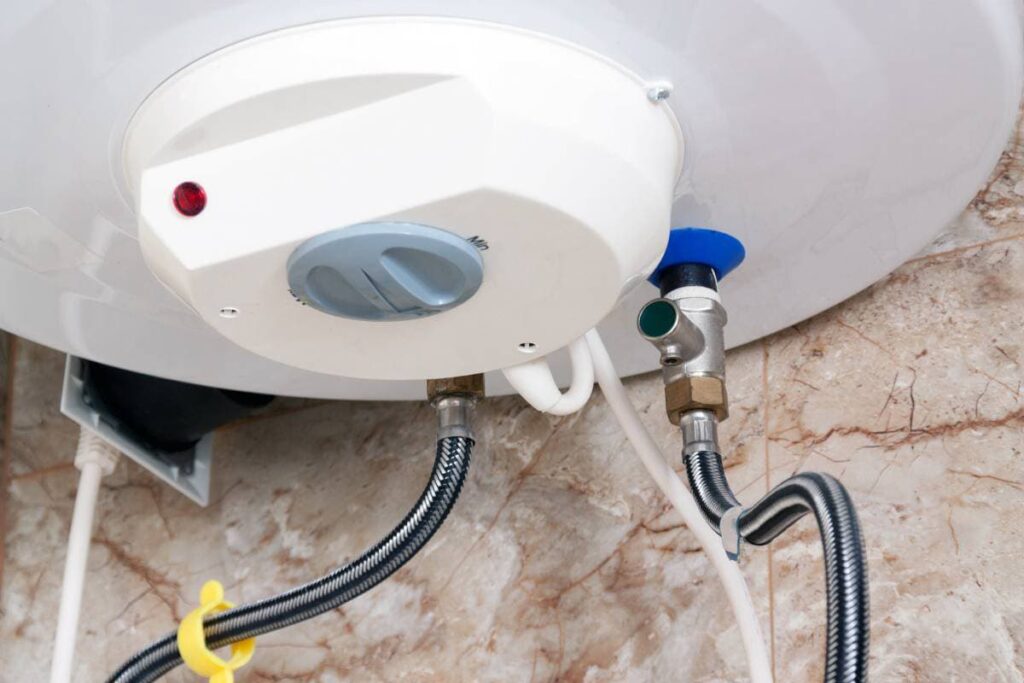Best Practices for Caring for Your Home's Hot Water System
Best Practices for Caring for Your Home's Hot Water System
Blog Article
The author is making a few great points related to How to Maintain a Hot Water Heater in a Few Simple Steps overall in this content on the next paragraphs.

Hot water is important for day-to-day convenience, whether it's for a rejuvenating shower or washing meals. To ensure your warm water system runs effectively and lasts longer, regular maintenance is key. This post supplies practical ideas and understandings on how to maintain your home's warm water system to prevent disruptions and pricey repair services.
Intro
Keeping your home's warm water system might appear difficult, but with a few straightforward actions, you can ensure it runs efficiently for many years to come. This guide covers every little thing from comprehending your hot water system to do it yourself maintenance tips and recognizing when to contact professional aid.
Value of Maintaining Your Warm Water System
Regular upkeep not only extends the life-span of your hot water system yet likewise ensures it runs effectively. Neglecting upkeep can result in reduced performance, higher power expenses, and also premature failure of the system.
Indications Your Warm Water System Needs Maintenance
Recognizing when your hot water system needs attention can stop significant concerns. Look out for indications such as inconsistent water temperature level, strange noises from the heating system, or rusty water.
Recognizing Your Hot Water System
Prior to diving into maintenance jobs, it's useful to comprehend the standard parts of your hot water system. Commonly, this includes the hot water heater itself, pipelines, anode poles, and temperature controls.
Month-to-month Maintenance Tasks
Routine monthly checks can help catch small concerns before they rise.
Flushing the Water Heater
Purging your water heater removes sediment accumulation, boosting effectiveness and lengthening its life.
Checking and Replacing Anode Rods
Anode poles stop corrosion inside the storage tank. Evaluating and replacing them when worn is critical.
Inspecting and Changing Temperature Settings
Readjusting the temperature settings makes sure optimum performance and security.
DIY Tips for Maintenance
You can perform a number of maintenance jobs on your own to keep your hot water system in leading problem.
Looking for Leaks
On a regular basis evaluate pipelines and links for leakages, as these can lead to water damage and greater costs.
Examining Stress Relief Valves
Checking the stress safety valve ensures it functions properly and stops extreme stress buildup.
Protecting Pipes
Protecting hot water pipes decreases heat loss and can save energy.
When to Call an Expert
While DIY maintenance is useful, some problems call for specialist expertise.
Complex Problems Calling For Expert Help
Examples include major leaks, electrical issues, or if your water heater is continually underperforming.
Routine Professional Maintenance Benefits
Specialist maintenance can include comprehensive inspections, tune-ups, and making certain conformity with security standards.
Conclusion
Regular upkeep of your home's warm water system is crucial for effectiveness, longevity, and price financial savings. By complying with these tips and understanding when to seek professional help, you can ensure a reliable supply of warm water without unforeseen disruptions.
Water Heater Maintenance: The Basics
Maintaining your water heater will ensure it operates efficiently and has a longer lifespan. Neglecting regular maintenance can lead to costly repairs and an even bigger chunk of your savings if you have to replace it sooner than necessary. But there’s good news: Most water heater maintenance tasks are relatively simple and easy for homeowners with basic DIY skills.
Flush the Water Heater
Over time, sediment and minerals can build up in the tank, reducing its efficiency and potentially causing damage. To flush the tank, turn off the power or gas supply, attach a hose to the drain valve near the bottom and open the valve to drain the water until it runs clear. Ideally, flush the tank annually.
Replace the Anode Rod
The anode rod is a sacrificial metal rod that helps prevent corrosion inside the tank. Inspect and replace it every three to five years or per the manufacturer's recommendation. To replace the anode rod, turn off the power or gas supply, drain a few gallons of water from the tank, unscrew the old rod and replace it with a new one. If the anode rod is significantly corroded or covered in calcium buildup, it's a sign the water heater may need to be replaced soon.
Tune-Up
A yearly tune-up can help identify potential issues and ensure your water heater operates at peak efficiency. This typically involves checking the thermostat, burner assembly (for gas heaters) and any other components specified by the manufacturer. During a tune-up, the technician may also clean the burner and adjust the pilot light (for gas heaters) or examine the heating elements (for electric heaters).
How to Maintain Your Water Heater
Insulate the tank. Insulating the tank can improve energy efficiency and reduce heat loss, saving you money on energy bills. You can purchase precut insulation blankets designed specifically for water heaters or use standard fiberglass insulation wrapped securely around the tank. Check the temperature. The recommended water temperature for most households is around 120 degrees Fahrenheit (49 degrees Celsius). Higher temperatures can increase energy costs and potentially cause scalding. Use a kitchen thermometer to check the temperature at the faucet nearest the water heater. Monitor water pressure. Excessive water pressure can strain the water heater and cause leaks or even tank failure. Install a pressure-reducing valve if necessary. The ideal water pressure range is between 60 and 70 PSI (pounds per square inch). Test the temperature and pressure (T&P) relief valve. The T&P relief valve is a safety feature that releases pressure if the tank gets too hot or the pressure builds up too high. Test it annually by lifting the lever and allowing a small amount of water to release. Replace the valve if it doesn't release water or reseal properly. Check for leaks. Regularly inspect the tank, pipes and fittings for leaks or corrosion. Deal with issues promptly to prevent further damage. Even a small leak can lead to significant water damage over time. Consider a tankless water heater. If your traditional tank-style water heater is nearing the end of its lifespan ( typically 10 years), consider replacing it with a tankless water heater. These units heat water on demand, reducing standby energy losses and potentially saving you money on your energy bills. Schedule professional maintenance. While homeowners can perform many water heater maintenance tasks, it's still a good idea to schedule professional maintenance every few years. A plumber or HVAC technician can thoroughly inspect the unit, identify potential issues and ensure it operates safely and efficiently. https://www.homeserve.com/en-us/blog/home-improvement/hot-water-heater-maintanence/

I'm just very taken with Tips on Maintaining a Water Heater and I hope you enjoyed the entire entry. Liked our piece? Please quickly share it. Help another person check it out. We truly appreciate your readership.
Visit Page Report this page